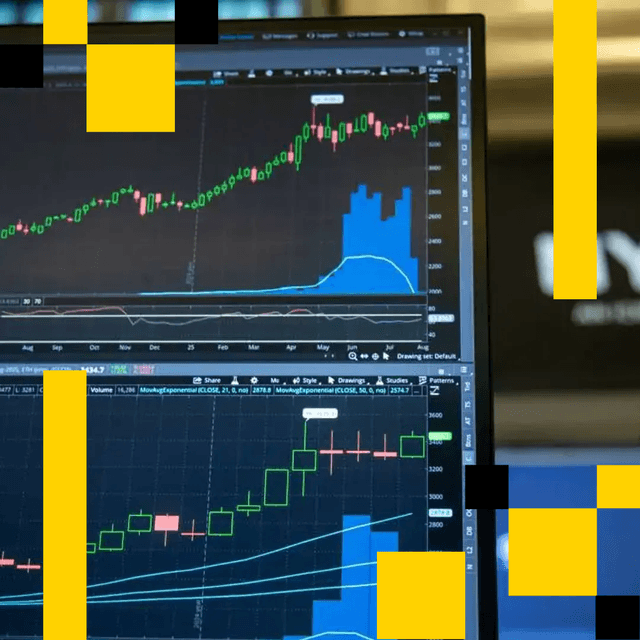Bitcoin Network Hashrate Rose Slightly in First Two Weeks of May: JPMorgan
Mining gross margins expanded sequentially this month, which is encouraging, the bank said.

What to know:
- The Bitcoin network hashrate rose 2% in the first two weeks of May, the report said.
- JPMorgan said mining economics improved as the bitcoin price rose and gross margins expanded.
- The hashprice, a metric of daily mining profitability, rose 13% from April, the bank said.
The Bitcoin network hashrate rose 2% in the first two weeks of May to an average of 885 exahashes per second (EH/s), Wall Street bank JPMorgan (JPM) said in a research report Friday.
The hashrate refers to the total combined computational power used to mine and process transactions on a proof-of-work blockchain, and is a proxy for competition in the industry and mining difficulty.
Miner profitability improved in May, as the price of bitcoin {{BTC}} rose, and gross margins expanded, the bank said.
The hashprice, a measure of daily mining profitability, rose 13% from April, which the bank said was "encouraging."
"We estimate miners earned ~$50,100 in daily block reward revenue per EH/s over the first two weeks of the month, up 13% from last month and 3% y/y," analysts Reginald Smith and Charles Pearce wrote.
U.S.-listed miners maintained their share of the network hashrate, and currently account for about 30.5% of the network, a 1.1% increase from April, the bank said.
The total market cap of the 13 U.S.-listed bitcoin mining stocks that the bank tracks rose 24%, or $4.6 billion, this month.
Bitdeer (BTDR) outperformed with a 43% gain, while Greenidge (GREE) underperformed the sector with a 5% decline, the report said.
Read more: Bitcoin Miners With HPC Exposure Underperformed BTC for Third Straight Month: JPMorgan
More For You
Exchange Review - March 2025

CoinDesk Data's monthly Exchange Review captures the key developments within the cryptocurrency exchange market. The report includes analyses that relate to exchange volumes, crypto derivatives trading, market segmentation by fees, fiat trading, and more.
What to know:
Trading activity softened in March as market uncertainty grew amid escalating tariff tensions between the U.S. and global trading partners. Centralized exchanges recorded their lowest combined trading volume since October, declining 6.24% to $6.79tn. This marked the third consecutive monthly decline across both market segments, with spot trading volume falling 14.1% to $1.98tn and derivatives trading slipping 2.56% to $4.81tn.
- Trading Volumes Decline for Third Consecutive Month: Combined spot and derivatives trading volume on centralized exchanges fell by 6.24% to $6.79tn in March 2025, reaching the lowest level since October. Both spot and derivatives markets recorded their third consecutive monthly decline, falling 14.1% and 2.56% to $1.98tn and $4.81tn respectively.
- Institutional Crypto Trading Volume on CME Falls 23.5%: In March, total derivatives trading volume on the CME exchange fell by 23.5% to $175bn, the lowest monthly volume since October 2024. CME's market share among derivatives exchanges dropped from 4.63% to 3.64%, suggesting declining institutional interest amid current macroeconomic conditions.
- Bybit Spot Market Share Slides in March: Spot trading volume on Bybit fell by 52.1% to $81.1bn in March, coinciding with decreased trading activity following the hack of the exchange's cold wallets in February. Bybit's spot market share dropped from 7.35% to 4.10%, its lowest since July 2023.
More For You
This article is created to test tags being added to image overlays

Dek: This article is created to test tags being added to image overlays
What to know:
- Ethena's USDe becomes fifth stablecoin to surpass $10 billion market cap in just 609 days, while Tether's dominance continues to slip.











